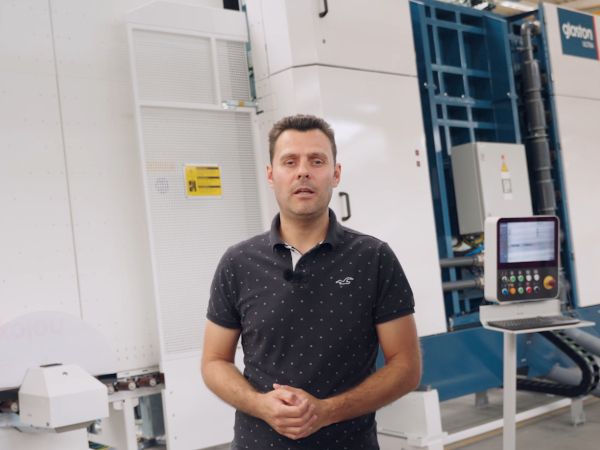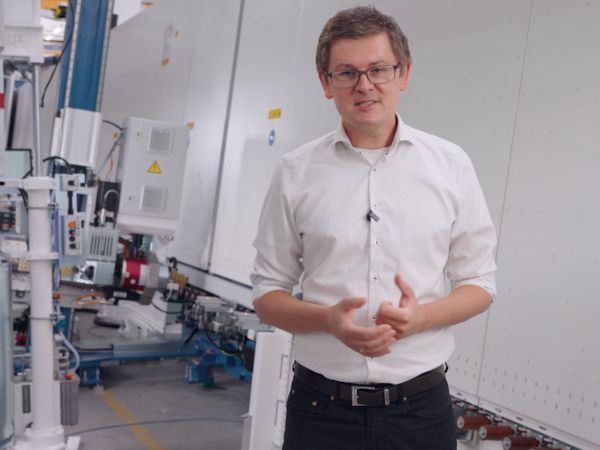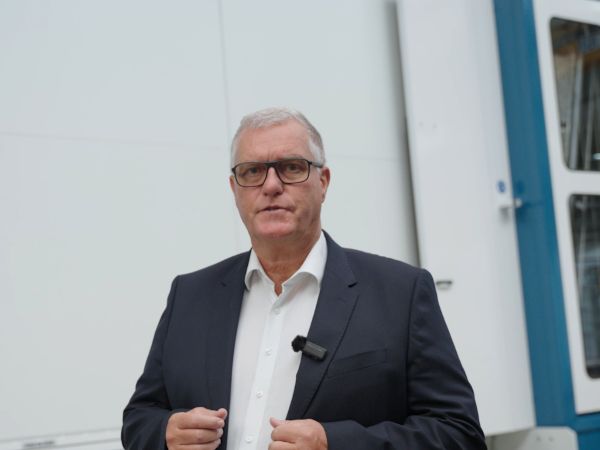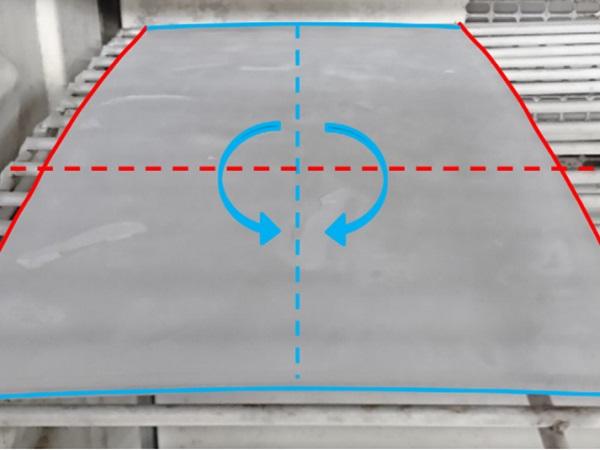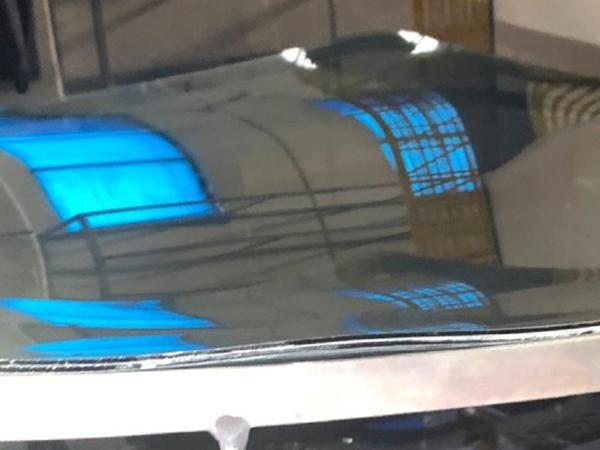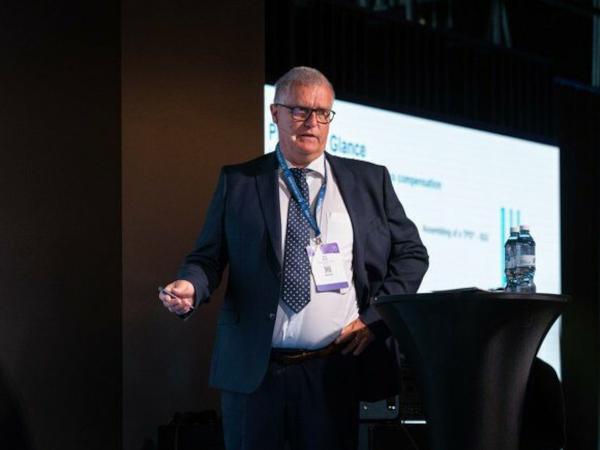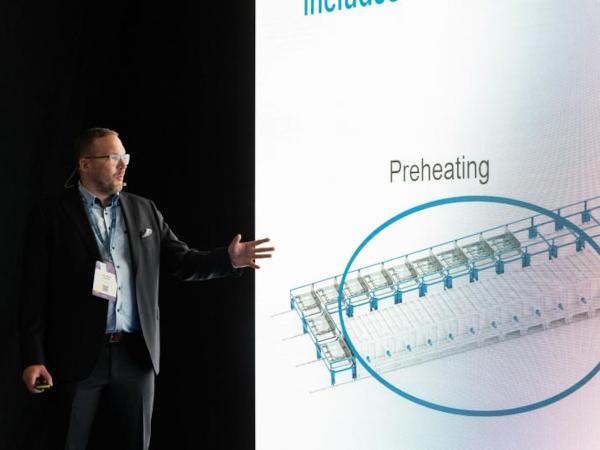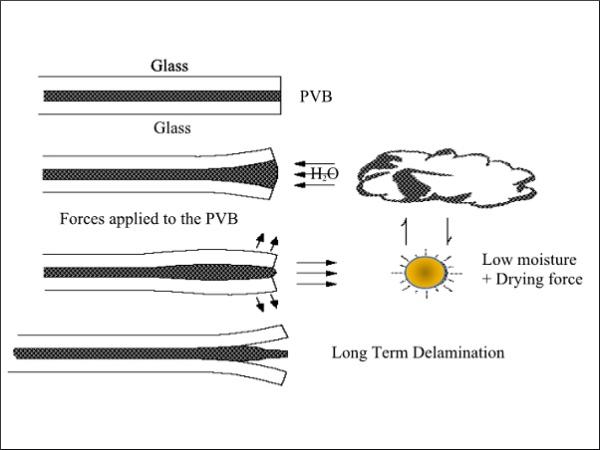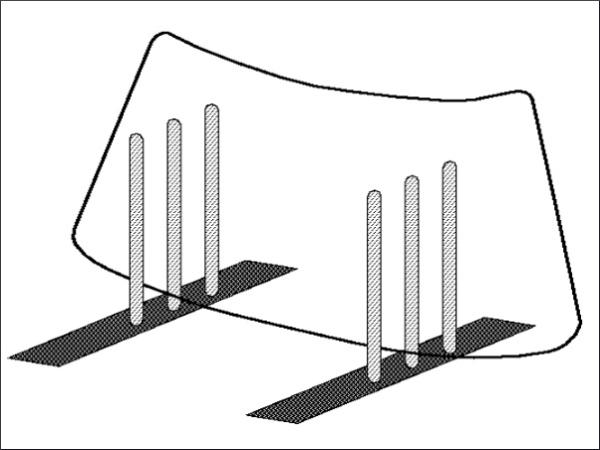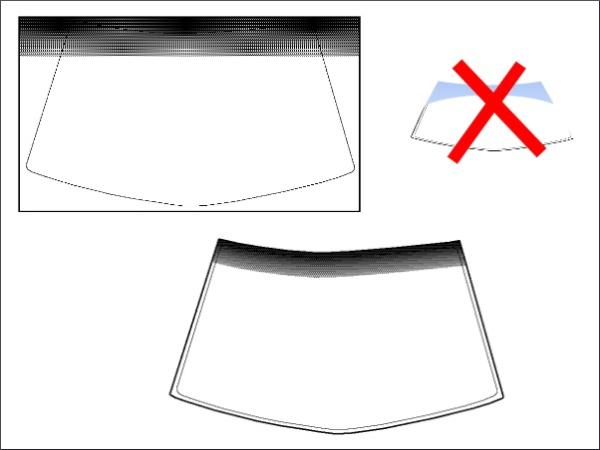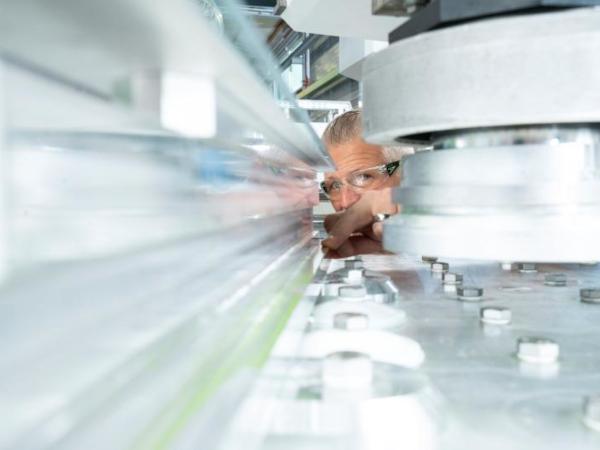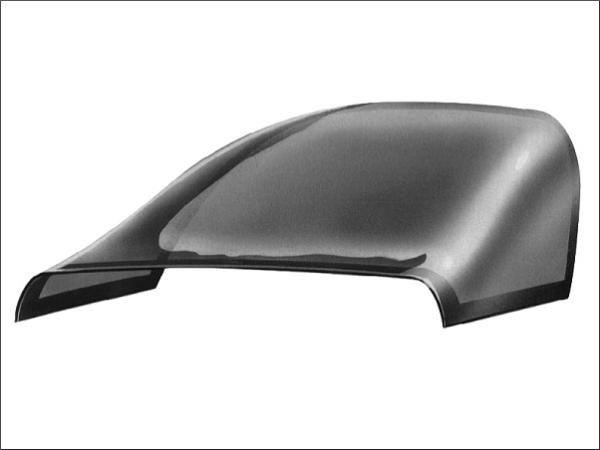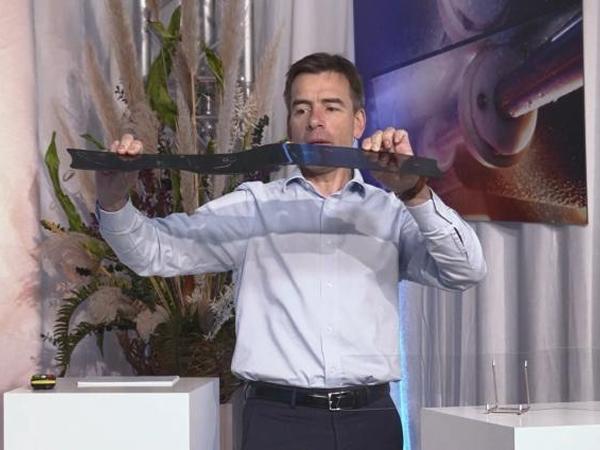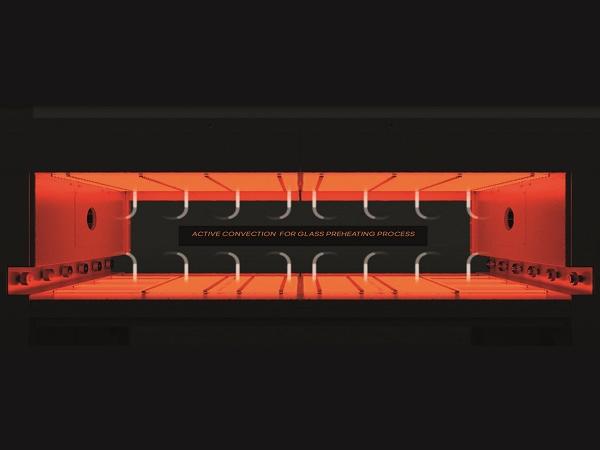Others also read
| In this seventh episode, we’re exploring how dynamic mixing enhances sealing quality and speed.
| In this sixth episode, the focus is on how to assemble and gas-fill IG units synchronously.
| In this fifth episode, the focus is on how the new TPS® PRO Applicator achieves up to 15% higher yield.
| How do you move glass plates without a single scratch?
| In this paper we focus on automotive applications and describe the tests we performed to find the limits of ultrathin glass in handling and within tests simulating stress expected in the field.
| In this study, the profound reasons behind the main benefits of glass preheating by increased convection in automotive windshields (WS)/ sunroof (SR) production are opened.
| Read about Uwe Risle's presentation at Glass Performance Days 2023, "Thermoplastic spacer (TPS) - process requirements for optimal application"
| In the new Glastory post by Matthias Loppacher, we explore the evolving landscape of automotive glazing and display processing – and discuss strategies for keeping up with the changes.
| In the latest Glastory blog post, Antti Aronen introduces how the complexity of automotive windshields and sunroofs has significantly increased with evolving modern car designs.
| In his blogs, Luc Moeyersons covered various subjects related to laminated glass, whether it is automotive, architectural, or photovoltaic.
| Automotive Glass Laminating Guide – Part 6
| Automotive Glass Laminating Guide – Part 5
| In the latest Glastory blog, Jukka Immonen shares some practical tips for optimizing energy consumption in automotive glass production. From preprocessing to final inspection, there is huge potential every step of the way.
| The history and benefits of laminated glass.
| In this post, we discuss what emerging designs require and how automotive glass processors can meet these requirements.
| The latest Glastory blog is dealing with the newest trends coming to the bus glass market - how the cut-outs, digital and screen printing, larger surfaces and thinner glass to reduce weight and fuel consumption is challenging the glass processing.
| The latest Glastory post is dealing with the trends in automotive display glass processing.
| In this blog post, we look at trends in the sunroof and windshield business today and how glass processors can prepare for them.
| Latest Glastory blog by Jukka Immonen is dealing with the 5 promises of convection technology in windshield bending.
| Are you considering adding insulating glass products to your production mix? Or are you thinking of reconfiguring your current equipment to deliver new and better services to your customers?
| The functionality of glass goes far beyond the proven basic properties of this transparent material.
Glass off the roll - Thin glass is revolutionising the performance spectrum of glass and glass panes
| Thin glass – as thin as a razor blade or a human hair – is a reliable method to protect smartphone touchscreens, sensitive filters and sensors.


